Rediscovered painting of Michelangelo. Why It’s a Michelangelo.
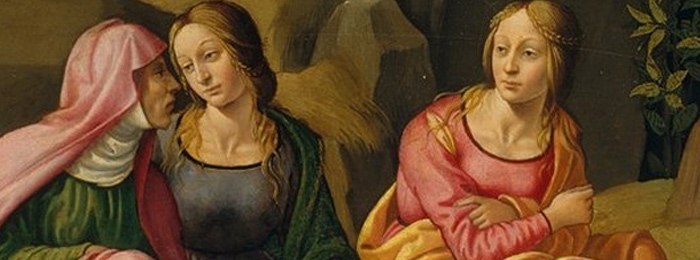
Rediscovered painting of Michelangelo
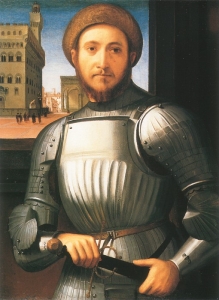
Portrait of an Unknown Man by Francesco Granacci
by Milton Esterow
A painting in the Metropolitan long attributed to the circle of Francesco Granacci is really by Michelangelo— according to experts who cite underdrawings, imagery, and aspects of the artist’s own biography as clues.
“I’m acutely aware that Michelangelo, like van Gogh, attracts a lot of crazy ideas, and people are going to say, ‘This is another absurd idea,'” said Everett Fahy, one of the world’s most distinguished scholars of the Italian Renaissance, who retired in March as John Pope-Hennessy Chairman of European Paintings at the Metropolitan Museum of Art. “I’m expecting that they’re going to throw brickbats.”
The brickbats may come from scholars who disagree with Fahy when he asserts that Saint John the Baptist Bearing Witness, a painting that was attributed to “the close circle of Francesco Granacci” when the museum acquired it in 1970, is actually by Granacci’s good friend Michelangelo. “I am confident that the only artist capable of making this splendid painting was Michelangelo,” Fahy told me in an interview in the ARTnews office.
Keith Christiansen, who succeeded Fahy as chairman of the European paintings department and who is a prominent scholar on the Italian Renaissance, told me, “I think Everett has put forward the strongest argument that can be made for it.”
Does that mean yes or no?
Christiansen smiled and said, “I don’t do yes or no.”
The late Edmund P. Pillsbury, a former director of the Kimbell Art Museum in Fort Worth and a specialist in Italian Renaissance art, was convinced that the work was by Michelangelo, according to Fahy.
“When you put out something like this, there’s going to be a lot of naysayers,” Fahy said. “But the people who really have good eyes in this field that I’ve shown the painting to, they’ve all agreed with me. With attributions, it’s not the number of people who agree with you, it’s the quality of their judgments.”
Fahy has written a 65-page article about the painting, which will appear in the Italian scholarly journal Nuovi Studi. The title of the article is “An Overlooked Michelangelo?” “I put the question mark there so that I would not offend people,” Fahy said. “I thought it would be more diplomatic.”
The Met bought the painting at Sotheby’s London, along with a companion work attributed to Granacci, which depicts episodes in the life of the Baptist. “I think it’s ironic that the Met paid $200,000 for the Granacci and $150,000 for the painting I attribute to Michelangelo,” Fahy said.
Granacci (1469/70–1543), a pupil of Domenico Ghirlandaio, was five years older than Michelangelo (1475–1564) and played a formative role in his early life, Fahy said. They were so close that when Michelangelo went to Venice in 1529, Granacci remained in Florence and looked after his friend’s personal affairs.
“The second panel is so superior to the companion panel,” Fahy said. “I believe Michelangelo painted it in 1506, two years before he started on the Sistine ceiling. It was already in my brain in 1971, the year after it was bought. When the Metropolitan showed it in 1971, I wrote for an exhibition called ‘Masterpieces of Fifty Centuries’ that the second panel recalled the figures in the Sistine Chapel. As years went by, it firmed up. I had long believed it to be by Michelangelo, but exactly when I don’t know. There wasn’t a moment when I suddenly said, ‘This is absolutely by Michelangelo.’ It was a gradual recognition.”
The Granacci painting depicts seven scenes from the story of Saint John the Baptist, set in a classical pavilion situated in a pale grayish blue river landscape. The Met calls the panel Scenes from the Life of Saint John the Baptist, but Fahy calls it Birth of the Baptist. “Titles of Old Master paintings can vary from one writer to the next,” he said. “The birth of the Baptist is the principal episode in the painting.” It is executed in oil, tempera, and gold on a wood panel measuring 30 9/16 by 59 inches, and dated ca. 1510.
“The second panel,” Fahy said, “depicts a single episode in a landscape. It has a stony setting, with Saint John the Baptist standing in the center on a rocky dais, wearing a rose-colored robe over his hair shirt. On the far left are a pair of pharisees. One is pointing up toward Christ, with five of his disciples, walking down a narrow pathway in the rocks at the left. There are other figures flanking the Baptist. In the distance is a glimpse of a river with rustic houses and a town on the far side beneath a green mountain.” This painting, which is slightly larger, is also executed in oil, tempera, and gold on wood, on a 29-by-82-inch panel.
Fahy said, “I had a eureka moment one day when I was standing in front of the picture. I suddenly realized what all those rocks were. The setting is a scene in a quarry, which is totally unlike the landscapes in Florence where Michelangelo lived. And I said, ‘Wow, look at all those stones.’ I was reminded of the time in 1497 when Michelangelo was complaining about all the time he spent in the quarry at Carrara, what life was like spending eight uninterrupted months with so many workmen—no restaurant around the corner, no library, really roughing it.”
Michelangelo, Fahy said, “was dissatisfied with the stone he had used for the marble Bacchus, in the Bargello in Florence. He traveled to Carrara to select marble for the Pietà in Saint Peter’s and superintended the rough-hewing of the block before shipping it to Rome.” Visualizing in his imagination the scene of the Baptist in the wilderness, Fahy said, Michelangelo “depicted it in a quarry, which would have been an exotic sight to the people who first looked at the painting.”
The panel has traditionally been called Preaching of Saint John the Baptist, but Fahy said that it actually illustrates the Baptist bearing witness, as described in John 1:29—the moment when the Baptist sees Jesus approaching him in the wilderness and says, “Behold the Lamb of God, which taketh away the sin of the world.” Although the episode is not often depicted, Fahy said, it does occur in late 13th- and 14th-century Florentine cycles of the life of the Baptist.
Both panels were traditionally attributed to Ghirlandaio, Fahy said. Their first recorded owner was “presumably” Samuel Woodburn (1786–1853), who was described as “the most eminent dealer in works of art in England.” At some point the paintings were acquired by the fourth earl of Ashburnham. Late in the 19th century, Scenes from the Life of Saint John the Baptist was recognized as a work by Granacci, an attribution that is almost universally accepted today, Fahy said.
“Nearly everyone agreed that the two panels were by different artists because of the handling of the paint, the design of the figures, and the rendering of the landscape,” he said. “The notable exception was Berenson, who repeatedly listed both works as Granaccis.”
The Met’s paintings conservation department assisted Fahy in his research. Conservator Charlotte Hale made infrared reflectograms. “X-rays show only where there is lead white or defects in the wood, whereas this new technology reveals the underdrawing—the drawing the artist made on the wood panel before he applied the paint,” Fahy said. “Charlotte did it to all five paintings by Granacci at the Met. Granacci’s underdrawings are all complete, careful preparatory drawings. Michelangelo’s are very fluid, boldly drawn. He knew when he started to paint what he wanted. He didn’t have to follow any underdrawing.”
Fahy continued, “There have been three serious proposals for the artist who painted the second panel: Raffaellino del Garbo, who was born before 1479 and died in 1524 or later; Raffaello Botticini, born in 1477 and still active in 1520; and an anonymous artist working on drawings provided by Michelangelo. The attribution to Raffaellino was made by Adolfo Venturi in the early 1890s. The Botticini proposal was made by Federico Zeri in his catalogue of the Italian paintings in the Metropolitan.”
Nicholas Penny, director of the National Gallery in London, has suggested that the panel was painted by an assistant of Granacci’s using Michelangelo’s drawings, according to Fahy. There are striking analogies between some of Michelangelo’s drawings and the painting, Fahy said. The two pharisees, for example, are reminiscent of Michelangelo’s drawing Philosopher in the British Museum.
“Look at the standing figure of the Baptist in the painting,” Fahy said, “with his right leg held forward, his right arm raised, and carrying his mantle over his left arm. There are analogies with two of Michelangelo’s pen-and-ink drawings in the Louvre of full-frontal male nudes. In the literature on the drawings, one is repeatedly connected with the marble David at the Galleria dell’Accademia in Florence. The other drawing shows a man with a mustache, bearing his weight on his left leg like the Baptist in the painting.”
Fahy writes in his article that “the second panel also contains another unusual feature—the rustic buildings by the river in the middle ground, immediately to the left of the Baptist’s pointing fingers, with their high-pitched roofs, have no equivalent in Italian architecture. Either they are based on some Netherlandish prototype, as Christian von Holst [a scholar on Granacci] has suggested, or they are a riff on Flemish painting, which was popular in Florence at the beginning of the 16th century. Michelangelo famously disparaged the ‘painting of Flanders’ in one of the conversations that a 16th century painter recorded when Michelangelo was painting the Last Judgment in the Sistine Chapel.”
How did Fahy conclude that Michelangelo completed the painting in 1506, two years before starting on the Sistine frescoes? “Through observing his style in the Doni Tondo in the Uffizi,” he said. “In the middle ground it shows nude male figures. They are sometimes called athletes. They are in the same poses of some of the figures on the far right of the Met’s panel.
“The other thing that helped me to date it was Michelangelo’s chronology. We know by a process of elimination that he was in Florence most of the year in 1506. The argument goes that he was in the right place at the right time. He had just finished a major work, the tomb of Julius II, in Rome, and was back in Florence. It coincides with the marriage of Giovanni di Lorenzo Tornabuoni, who was the logical patron for this picture—Giovanni, or John, as in John the Baptist. Giovanni and his wife, Caterina, were Michelangelo’s best supporters. One of them had recommended him to carve the David. They were intimately involved with Michelangelo.
“He had time on his hands in Florence, and he was without a major job. Other times, he was stuck in Carrara or in Bologna doing the portrait of Julius II or in Rome working on the tomb of Julius. So he had this interval in Florence, and the style of the panel coincides with that period.”
The Met now has on view a sculpture called Young Archer, which the museum attributes to Michelangelo.
For decades, the figure of a boy wearing a quiver was in the lobby of the town house on Fifth Avenue that serves as the French embassy’s culture-services department. Then, in 1996, a Renaissance scholar, Kathleen Weil-Garris Brandt, said she believed it was a lost sculpture by Michelangelo. The figure is now at the Met on a ten-year loan from the French Ministry of Foreign and European Affairs. James Draper, Henry R. Kravis Curator of European Sculpture and Decorative Arts at the Met, is convinced that it is by Michelangelo. So is Fahy. Other scholars disagree.
Fahy said, “My article for the Italian journal was in the works before I left the Met. I hadn’t thought about retiring until they started talking about laying off people. I realized that so many young, promising people would have to be laid off, and I felt it wasn’t right for me—nearly 70 years old—to stay on. Retirement took me by surprise.
“I had to track down things in lots of catalogues. It involved a lot of detective work. It’s a little bit of who you know, who can help you. For example, I found the only copy of the inventory of Ashburnham House in the National Gallery in London by talking to a colleague who made a photocopy. The same thing happened with a fellow I found working on archives in Pisa.”
Why did it take so long to write the article? Fahy smiled, and then he laughed. “Well, I’m not a fast writer,” he said.
Milton Esterow is editor and publisher of ARTnews.
![]() To Your Creative Success,
To Your Creative Success,
Natalie Richy and Vladimir London
Web Art Academy Founders


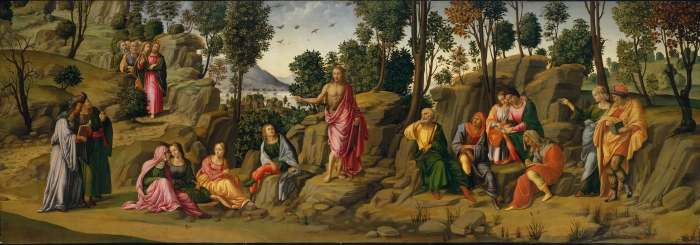
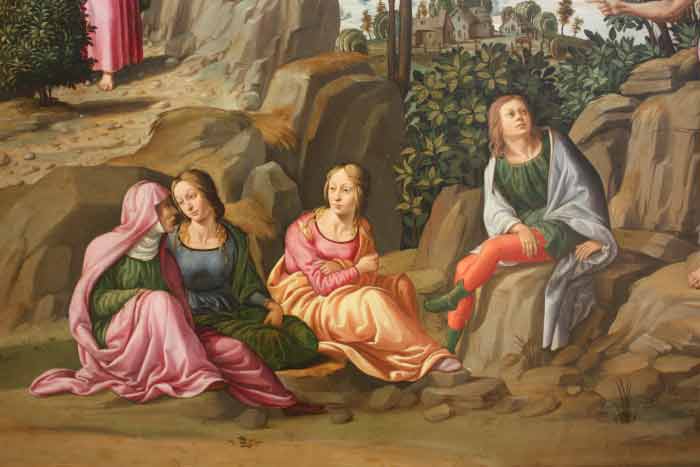
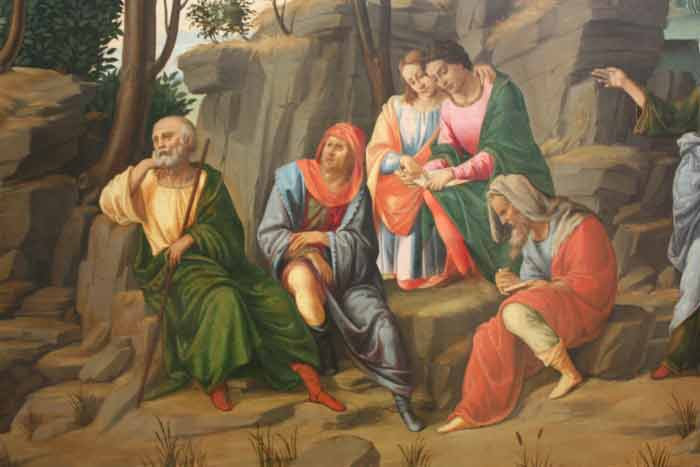
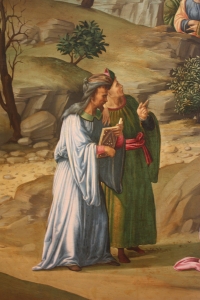
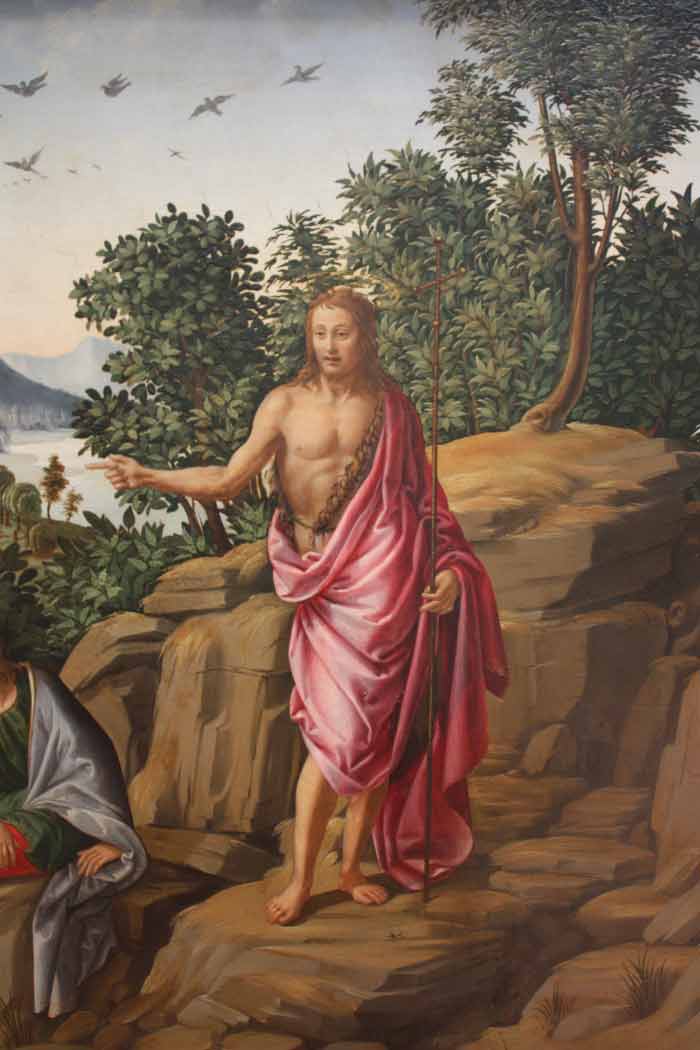
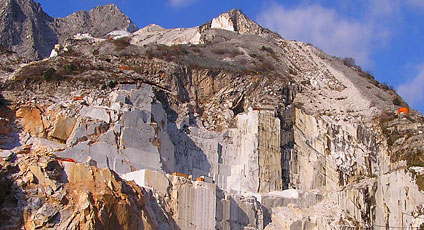
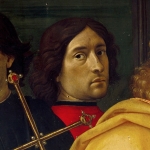
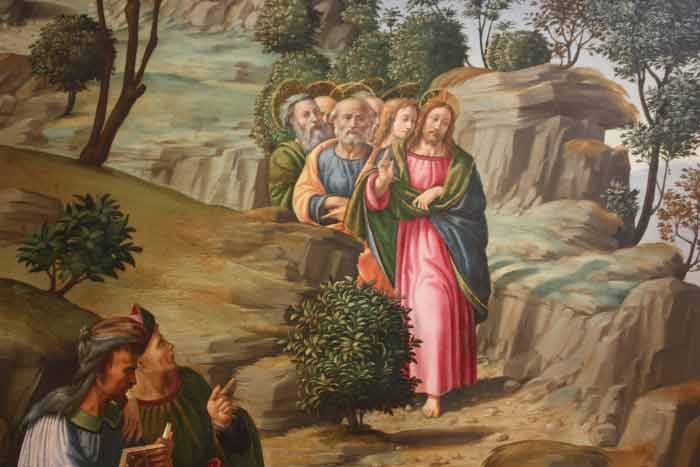

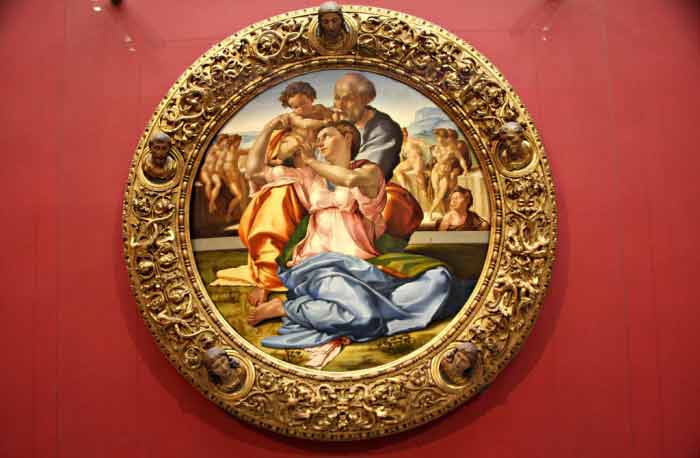
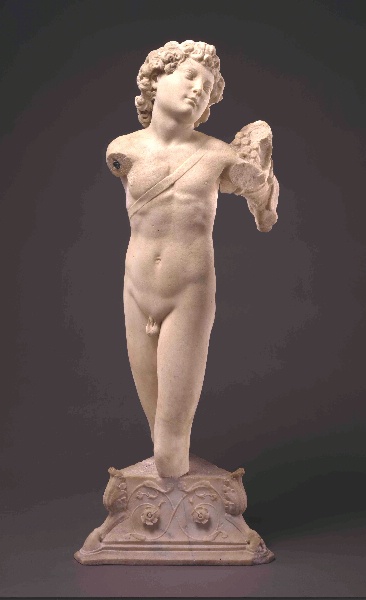
This Post Has 0 Comments